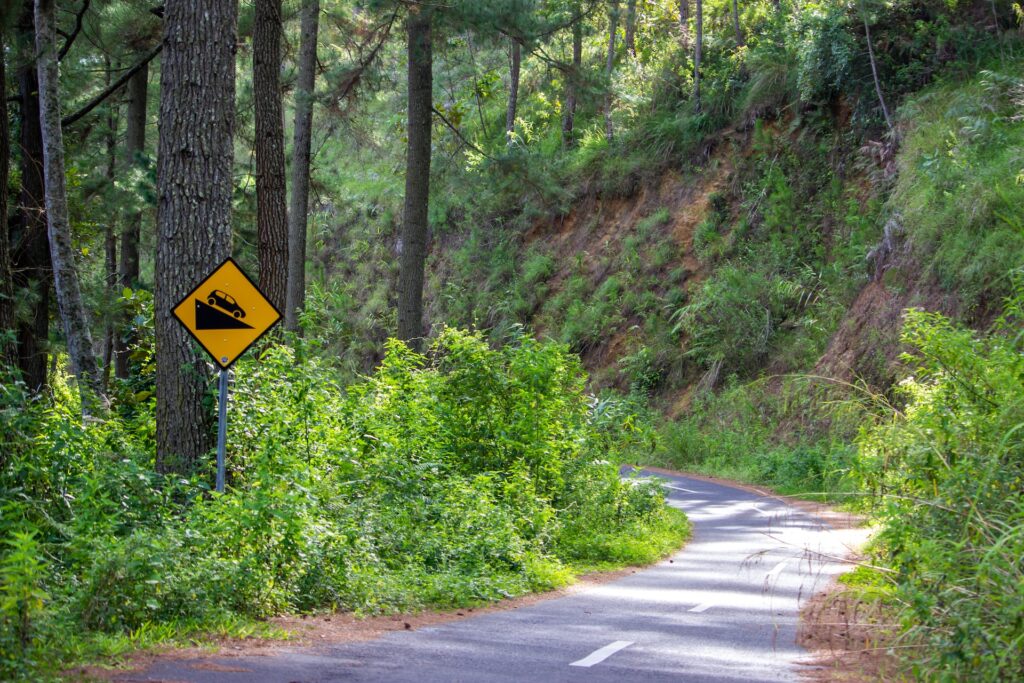Physical Address
304 North Cardinal St.
Dorchester Center, MA 02124
Discover Your Purpose
Discover Your Purpose

Adventure travel is an exhilarating way to explore the world, but it comes with its own set of challenges and risks, particularly in the realm of adventure travel safety. Whether you’re hiking through rugged terrain, embarking on a thrilling safari, or exploring foreign cultures, your safety and health should always be a top priority. In this comprehensive guide, we’ll delve into the essential tips and strategies to ensure you stay safe and healthy on your next adventure, focusing specifically on the crucial aspect of adventure travel safety.
Before you embark on your adventure, it’s crucial to understand the adventurous mindset. Adventure often involves stepping out of your comfort zone and embracing uncertainty. Embrace the thrill, but also recognize the importance of being prepared.
Adventure travel is about exploring the unknown, pushing your limits, and seeking new experiences. It requires a mindset that welcomes challenges and adapts to unexpected situations. Understand that adventure comes with risks, but it’s these risks that make the journey memorable.
Start by thoroughly researching your destination. Understand the local customs, laws, and potential risks. Check travel advisories and stay informed about the current situation in the area.
Use trusted sources like travel guides, government websites, and travel forums to gather information about your destination. Learn about local customs, traditions, and any cultural nuances that may affect your trip.
Also Read:Budget-Friendly Vacations: Tips for Saving Money on Travel
Create a detailed itinerary, including accommodation, transportation, and activities. Share this plan with someone back home, so they know your whereabouts.
Plan your daily activities, but leave room for flexibility. Include contact information for accommodations and any tours or activities you’ve booked. This itinerary will serve as a safety net in case of emergencies.
Pack efficiently, prioritizing lightweight, versatile clothing and essential gear. Overpacking can hinder your mobility and increase the risk of accidents.

Consider the climate and activities you’ll be engaging in. Choose clothing that can be layered for varying temperatures. Opt for quick-drying fabrics, which are essential for outdoor adventures.
Carry a well-stocked first aid kit with essential supplies like bandages, antiseptics, and medications. Customize it based on your destination and medical needs.
Your first aid kit should include basics like adhesive bandages, pain relievers, and antihistamines. For specific needs, such as allergies or chronic conditions, consult with a healthcare professional for guidance.
Dehydration can be a significant concern during adventures. Carry a reusable water bottle and drink regularly, especially in hot climates.
Pay attention to your body’s hydration cues. In hot and arid regions, you may need to drink more water than usual. Carry a water purification system if you’re traveling to areas with questionable water quality.
Maintain a balanced diet, even while on the road. Opt for local cuisine, but be cautious with street food to avoid foodborne illnesses.
Exploring local cuisine is a delightful part of adventure travel. However, be selective about where you eat. Choose restaurants with good hygiene practices, and avoid street vendors whose food may not be properly handled or cooked.
Equip yourself with reliable navigation tools like maps, GPS devices, and smartphone apps. Familiarize yourself with their use before your trip.
GPS devices are valuable for tracking your location, but don’t rely solely on technology. Carry physical maps as backups and learn how to read them. Apps like Google Maps can also work offline.
Stay connected with friends and family through regular updates. Ensure your phone is charged and consider a portable charger.
Share your itinerary with a trusted friend or family member. Check in with them periodically to let them know you’re safe. In remote areas, consider a satellite phone for emergency communication.
Respect local customs, dress codes, and traditions. Understanding and appreciating the culture enriches your travel experience.
Take time to learn about the customs and traditions of the places you visit. Dress appropriately when entering religious sites or conservative communities. Engage with locals respectfully and be open to learning from them.
Consider guided tours for outdoor adventures. Experienced guides enhance safety and provide valuable insights.
Guides are well-versed in the local terrain, wildlife, and safety protocols. They can lead you safely through challenging environments and provide educational experiences along the way.
Monitor weather conditions and be prepared for sudden changes. Dress appropriately for the climate.
Check weather forecasts regularly, especially if your adventure involves outdoor activities. Dress in layers to adapt to temperature fluctuations, and carry rain gear if necessary.
When encountering wildlife, maintain a safe distance and never approach or feed them. Respect their habitat.
Use binoculars or long-range camera lenses to observe animals from a safe distance. Avoid any behavior that could stress or endanger wildlife.
Capture memories responsibly. Use zoom lenses to photograph animals without getting too close.
Wildlife photography can be amazing, but remember that getting too close can be dangerous for you and stressful for the animals. Use telephoto lenses to capture stunning shots from a distance.
Have emergency contacts, including local authorities and the nearest embassy or consulate, readily available.
Save local emergency numbers in your phone and keep a hard copy in your travel documents. Know the location of the nearest embassy or consulate in case you need assistance.
Basic Survival Skills
Learn basic survival skills like building a shelter, starting a fire, and administering basic first aid.
Enroll in a wilderness survival course before embarking on adventurous trips. These skills can be invaluable if you find yourself in unexpected situations.
Invest in comprehensive travel insurance that covers medical emergencies, trip cancellations, and lost belongings.
Compare insurance policies to find one that aligns with your adventure plans. Ensure it covers medical evacuation if you’re in a remote area and has a 24/7 helpline for emergencies.
In conclusion, embarking on an adventure can be an enriching experience, but it’s essential to prioritize safety and health. By understanding the adventurous mindset, thorough planning, and staying informed, you can make your next adventure both thrilling and safe.